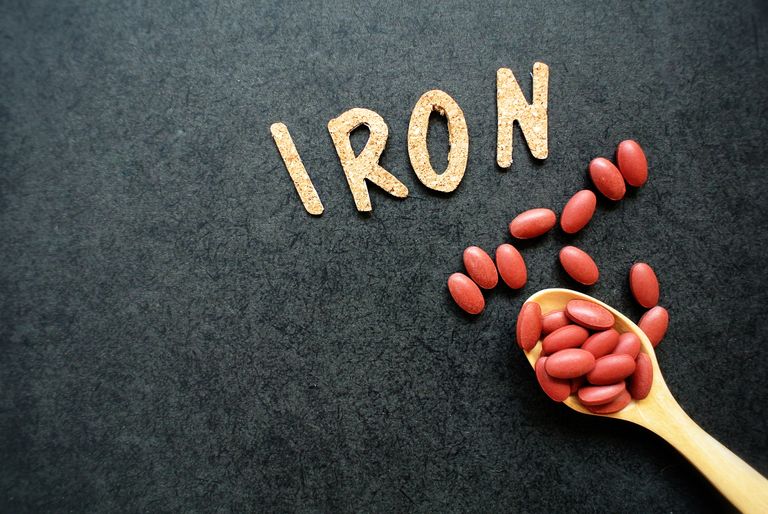
Iron deficiency (ID) and Iron deficiency anemia (IDA) are defined by a deficiency of either red blood cells or hemoglobin molecules. In cases of IDA, the anemia has been caused by a lack of iron, and this is one of the most common causes of anemia throughout the world.
it is mainly obtained from animal sources such as fish, poultry, seafood, and red meat. Most of the iron present in human body (about 95%) is heme.
is found in plant foods like whole grains, nuts, seeds, legumes, and leafy greens. Non-HEME iron is also found in animal flesh (as animals consume plant foods with non-HEME iron) and fortified foods.
HEME iron is readily absorbed by the body. Therefore is considered a great source of dietary iron. Non-HEME iron on the other hand is not as easily absorbed and is not a preferred source of dietary iron.
According to research studies, only 2-10% of the non-heme dietary iron is absorbed by the human body as opposed to about 20-40% of the heme iron.
Absorption of dietary iron in the heme form follows a different path for absorption. It is absorbed by the Heme Carrier Protein 1(HCP1). The HCP1’s is only able to absorb heme iron, thus other metal ions that are ingested (such as calcium and magnesium), do not compete for this receptor.. Heme comes from animal sources and does not need to be converted, thus is readily absorbed as heme in the small intestine, independent of the pH level of the gut. In addition, heme absorption in the gut is independent of food and other biological factors which makes it more bioavailable for consumption and uptake in the body.
The absorption of heme iron in the body is independent of foods; absorption of non-heme iron on the other hand is greatly dependent on the meal composition.
Certain medical conditions may increase the risk of iron deficiency (e.g., pregnancy, certain types of surgery, chemotherapy, elderly, endurance athletes, vegetarian, kidney failure).
WARNING: Accidental overdose of iron-containing products is a leading cause of fatal poisoning in children under 6. Keep this product out of reach of children. In case of accidental overdose, call a doctor or poison control center immediately.
Copyright © 2021 Optiheme - All Rights Reserved.